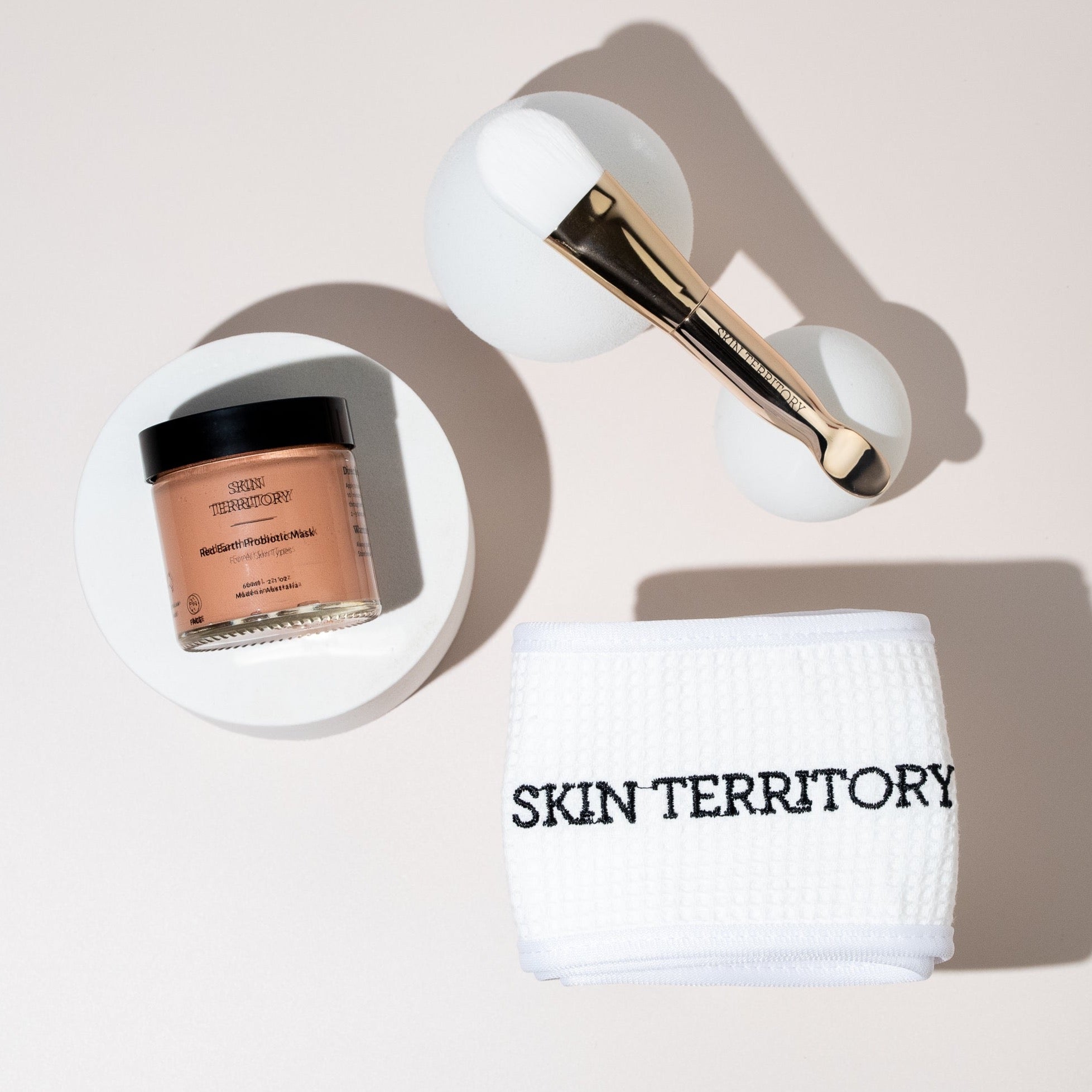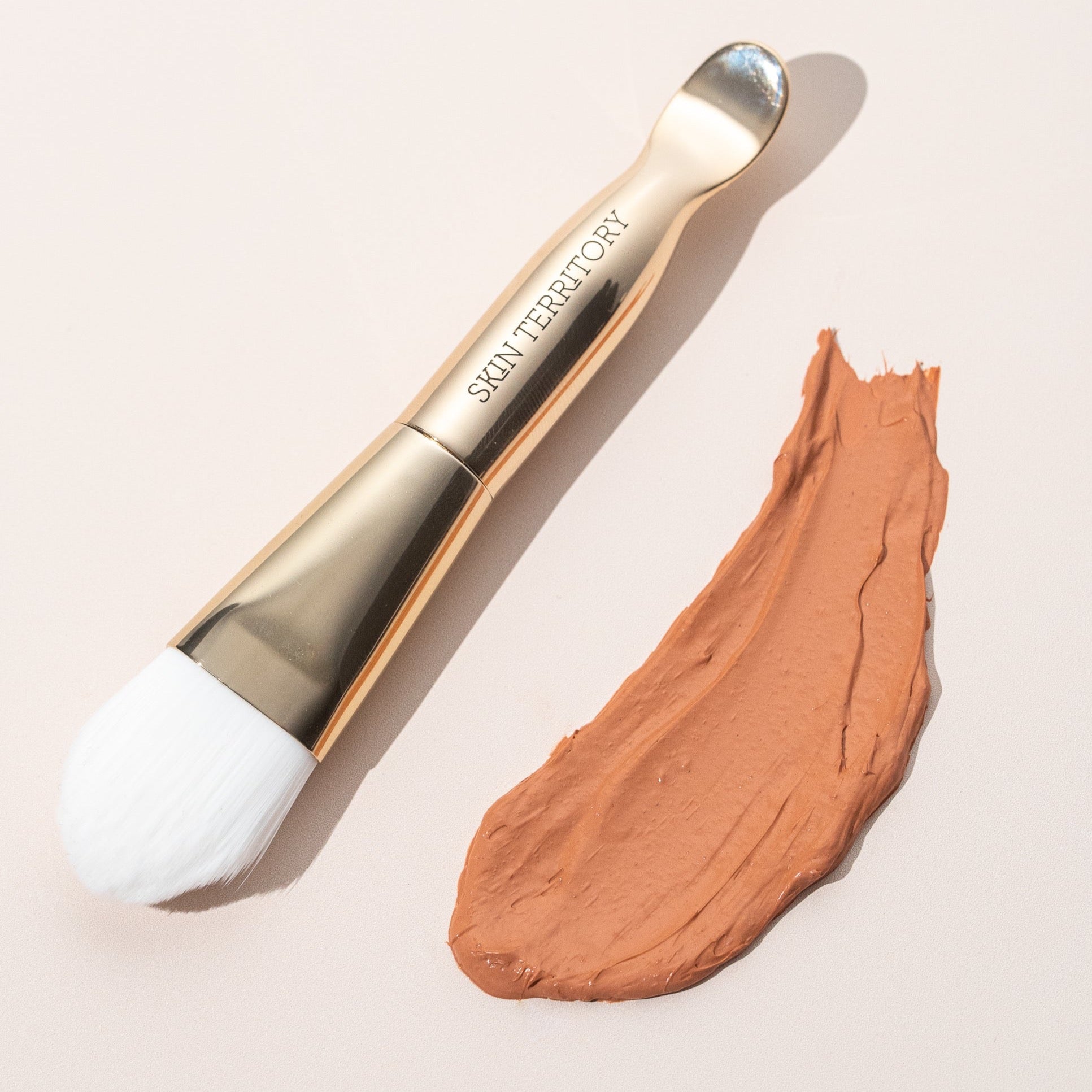Article: What is the skin microbiome?

What is the skin microbiome?
The concept of skin microbiome has actually been around in the dermal science industry for quite some time. From what we’ve been told, we know that the human skin harbours a diverse group of microorganisms invisible to the naked eye.



Leave a comment
This site is protected by hCaptcha and the hCaptcha Privacy Policy and Terms of Service apply.